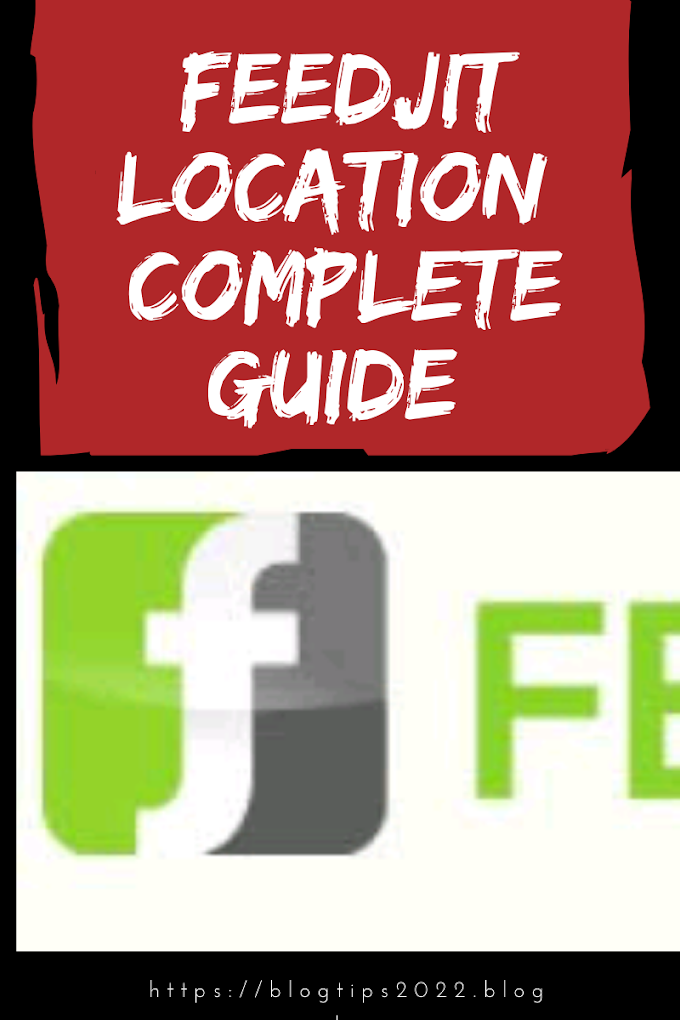The area is the portion where the blog posts can be seen
 |
| The area is the portion where the blog posts can be seen |
Being bloggers, our prime motive should be to provide quality, useful content to our readers. We sit in front of our computer for countless hours, researching and typing to come up with such ‘master-piece’ content. We proofread it countless times to make sure that it is error free. But all this goes in vain if ‘readability’ is ignored! Yes, a blog/website’s readability is as crucial as the quality of the content published on it.
A blog/site is said to have good readability, when its readers can read and grasp the content easily and effortlessly. User friendliness of a blog has lots to do with its readability. So, if you haven’t been giving much importance to it, it is high time that you pay attention towards it!
What is the use of a well researched article, when users are unable to read it properly? Poor readability is often the reason behind high bounce rate, reduced traffic etc. Here, I’ve compiled a concise list of tips to help you improve your site/blog’s readability.
My Killer tips to improve readability
1 Give adequate attention to these ‘small factors’-
Here, I’ll put before you some ‘small’ factors that have a big impact on readability. Just go through these tips and implement them-
# Text size and font
Text size shouldn’t be too large. Also, try not to make it too small! Keep it at an optimal best! Talking about font, don’t go for comic sans or such silly fonts. Go for a ‘professional’ looking one.
Cursive font looks good in appearance. But they are often difficult to read.
# Text color and Background colours
Text and background color should get along well with each other. In other words, when combined, they should be pleasing to the eye of the reader. The best combination is- white background and black text.
Many times it happens that webmasters want to go for bright colored sites. Under such circumstances, try to do a color- compatibility test and pick colors, which compliments each other.
 |
| The area is the portion where the blog posts can be seen |
2 Make links open in new tabs
It is normal for web pages/blog posts to have in-text links. These links often point to other useful resources on the blog. And it also helps reduce bounce rate, I must add.
Since such links are placed within the article the visitor is reading. It is recommended that such links should be opened in a new tab when clicked upon.
By doing so, visitors will be able to finish reading the current article and move on to the new one later. Thus, readability doesn’t suffer negatively!
Must read- How to increase your blog’s user engagement
3 Be careful about Pop-Up widgets
Pop up widgets are being used widely nowadays. They are best for garnering the attention of visitors. They hover around the article and waits for a response from the visitor.
I often see such pop ups in the form of facebook like box, e-mail subscription box etc. Using them is not a sin. But make sure that it doesn’t affect the general readability!
Many times, I’ve seen that such pop ups appears at the most unworldly time- while I’m halfway through the article! To get rid of the pop up, I must click on the ‘close’ button or press ‘escape’ key. Getting back to the line, where I left reading is often difficult. This is a negative aspect of such pop ups.
Another thing that I’ve noted about them are that they often malfunction! Yes, they won’t respond readily. The close button and pressing escape key won’t help often. Those pop ups stay where they are, hindering my view of the article!
Okay, you may use pop ups, but make sure that your visitors won’t have to go through the above difficulties I mentioned.
4 Readability on mobile devices
A site/blog is loaded differently on a desktop/laptop and mobile devices. So, no matter how well you optimize the readability for desktop devices, mobile version of the site/blog needs special attention!
A separate sub-domain for mobile version often helps. For example- m.yoursite.com! For WordPress users, there are many mobile themes that’ll get this job done
5. Tips to stylize your articles-
Go for short paragraphs. They look good and are easy to read and grasp for visitors. Make sure that you properly mark-up the titles, headings and subheadings.
’Listicles’ (list styled articles) promote readability. So, try to go for such a style. Leave adequate space between paragraphs.
Before publishing a page/blog post, read it out loudly. Scan for long sentences. If you literally run out of breath reading a long sentence, shorten it!
6 Images too influence readability
Yes, you read it right! Often, we use images to represent data or important information. But we don’t think about those, whose devices don’t support images.
Many visitors (especially using mobile devices) don’t prefer their browsers to load up images. They set their browsers accordingly. So, they often don’t know what the image is about/ what it contains.
This is a serious blow to your blog/site’s readability. To avoid this, use alt tags to describe what the image is all about. Doing so will at least let the visitors know what the image represents.
7 Optimize your article for skim readers
Nowadays, people are impatient. They want to get things done quickly! They don’t like wasting too much time.
When it comes to reading your web page or blog post, they want the ‘juice’/ ‘meat’ of the article. They want to lay their hands on them as soon as they can.
This is called skim reading. So, keeping such readers in mind, highlight the crucial parts of the article. This will be a great deal of help to them














